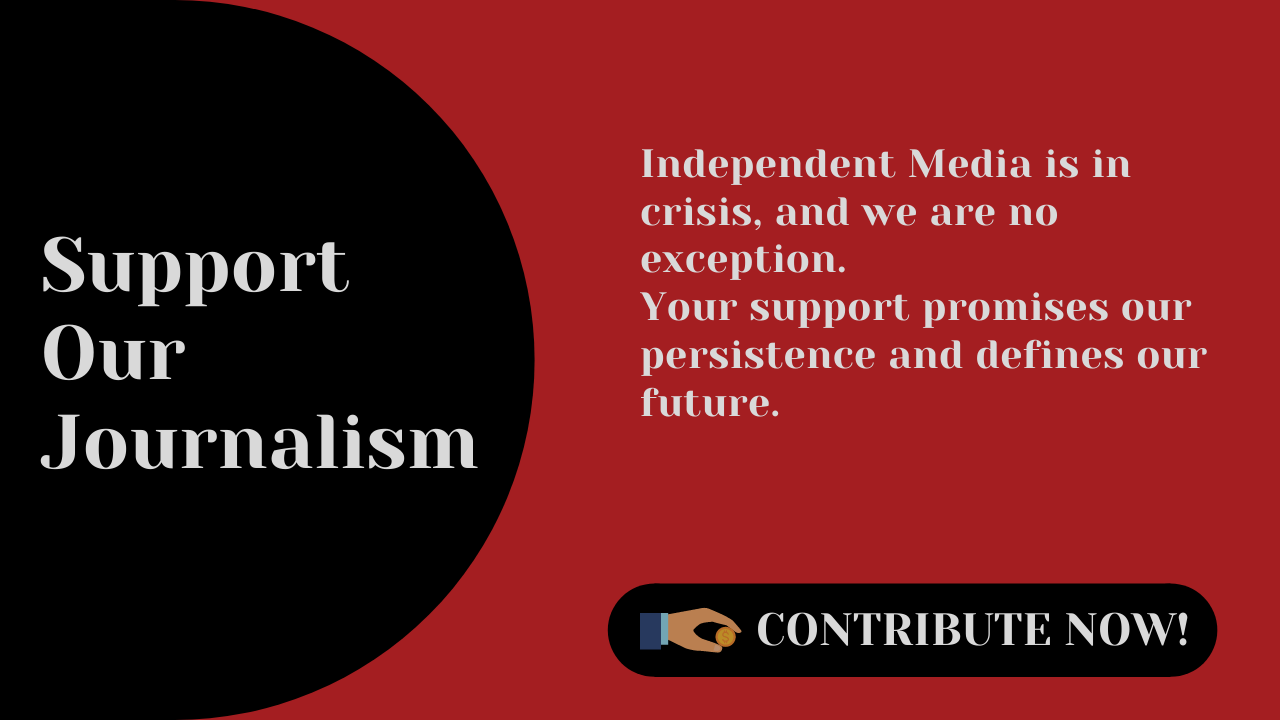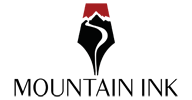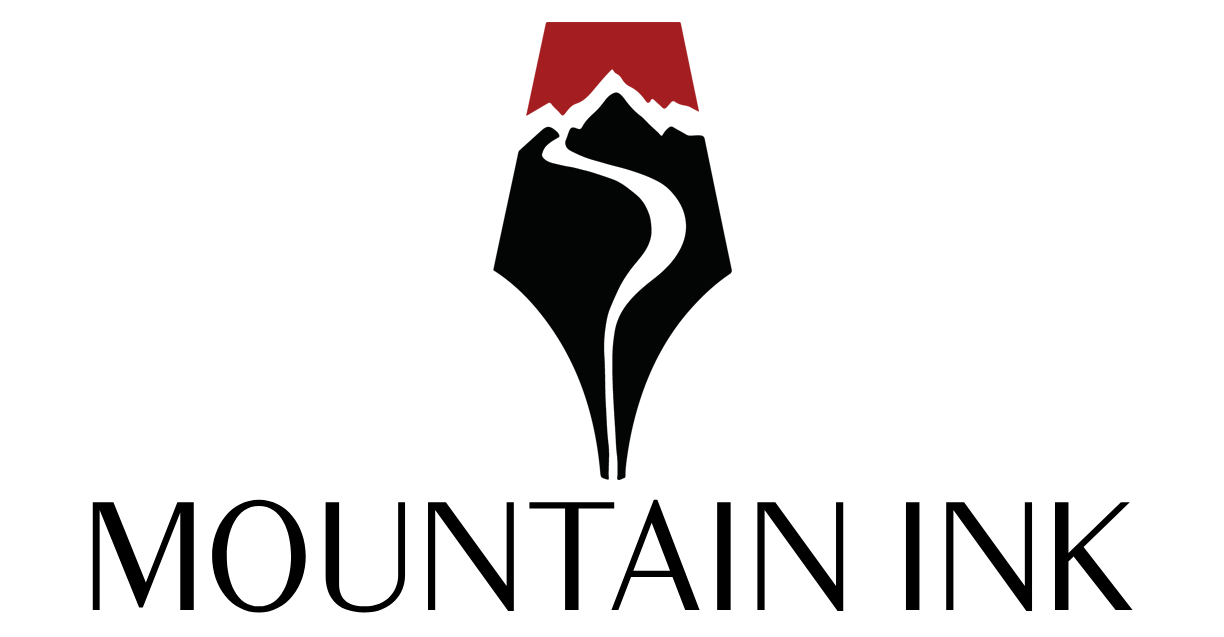Plague and Passage: A Dal Dweller’s ‘English Moment’ in Kashmir

Adil Amin Akhoon is the Managing Editor at The Mountain…
Two boats of two eras saved lives in Kashmir caught in two pestilence periods. But between Now and Then, the vale is struggling to come out of the Shakespearean curse: ‘A plague on both your houses.’
The change was sudden and shocking.
The man who till yesterday would plead the case of his community had out of the blue become an outcast member for his pandemic predicament.
“People would change their routes after spotting me around,” Tariq Patloo, a houseboat owner whose ‘Save Dal Campaign’ made him a familiar face of his waterborne community, recalls his time as a Covid-19 positive patient last year.
“But I took it in my stride,” he continues while asking Dal dwellers to stay indoors amid the deadly second wave of pandemic, “and decided to play my part in saving lives.”
In the backwaters of Dal Lake, Tariq’s move unwittingly followed the method of the imperial British’s Jhelum rescue operation.
Support Our Journalism
You are reading this because you value quality and serious journalism.
But, serious journalism needs serious support. We need readers like you to support us and pay for making quality and independent journalism more vibrant.
In the late 18th century, as thousands of Kashmiris died due to recurrent cholera epidemic in the valley, the Dogra regime was denying the healthcare system to the oppressed masses.
The treacherous throne even opposed the Church Missionary Society appointed Dr William J. Elmslie’s 1866 posting in the vale.
A year before, this Imperial British doctor had come as the first medical missionary for Kashmir. Behind the ban were the fears of the “missionary interest” of Dr William’s parent body.
But William’s successor Dr Theodre Maxwell used his political connections and resumed medical activities in 1874, when a site for the medical hospital was granted at Drugjan on the Rustham Garhi hill.
The newly constructed hospital was not easy to reach for the sick in an era when Kashmiris used boats to navigate on Jhelum. The ration and other essentials would reach the designated depots through a big boat called “Bahaach”.
When the need to ferry the patients was felt, a big boat was built during the Maxwell era. It acted as a floating ambulance bereft of critical care.

The boat ferried patients from Jhelum to the Drugjan Hospital and saved lives from getting wasted in the translation. Especially, for the elderly sick patients, the boat made the treatment convenient.
“That big boat sank long ago in Jhelum, but we Kashmiris still remember how it saved many oppressed lives in the plagued valley,” says Imtiyaz Mir, a resident of Dalgate, Srinagar.
“I’m glad that a century later that water rescue operation is back with a new captain.”
Mir is talking about Tariq Patloo’s water ambulance making rounds of the lake since last year and ferrying sick to ghats.

“As Dal dweller, I keep moving around on the boat, but I first realized the importance of this daily movement when those I spent years with ran away from me last year,” he says.
Tariq took necessary precautions and maintained social distancing but still, there was no boat ready to ferry him when he came back from the hospital with a positive result.
The fear in the neighbourhood and a “social boycott” like environment forced Tariq to leave for the resort in Nishat where his brother took care of him during the hard times.
Back home then, three people in his neighbourhood died due to Covid. One among them was a young girl, who died waiting for a boat.
“Had that big boat of 18th century survived,” continues Imtiyaz Mir of Dalgate, “it would have reached that unlucky girl waiting for someone to ferry her in Dal Lake with the desperate eyes last year.”
For Tariq, the loss was personal, so was his community welfare cause.
It was during this distressing time he came up with an idea of the floating ambulance and shared it with the Dal Expert committee.
“Go ahead and we will support you,” was the response from the committee.

On November 22, 2020, he started constructing the boat with a glass bottom for quick speed.
Once completed, the motor-driven water ambulance started ferrying patients from Dal and Nigeen Lake, to Jhelum River.
“In this second wave of Covid, the ambulance is regularly ferrying patients to ghats and averting health crisis on water,” Tariq says.
Today, the people who used to change routes after seeing him approach him for ferrying the patients to ghats.
With the resurgence of the floating ambulance in yet another plague period, the English man’s move has only come of age in Kashmir.
Mountain Ink is now on Telegram. Subscribe here.
Become Our Ally
To help us strengthen the tradition of quality reading and writing, we need allies like YOU. Subscribe to us.









